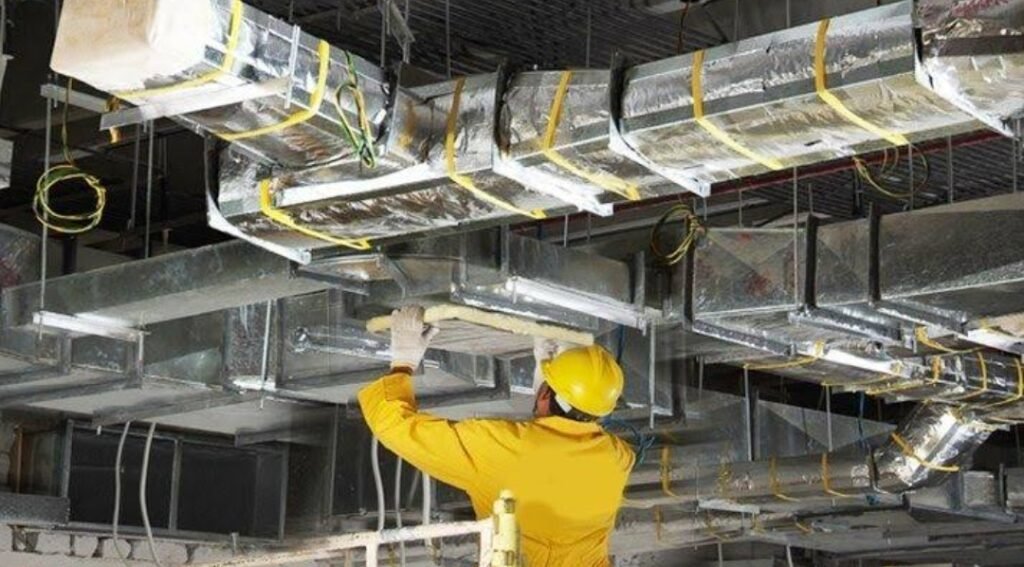Comfortable and controlled indoor climates are the goal of HVAC systems. By regulating the humidity and temperature, this is accomplished. There are numerous varieties of HVAC systems with diverse installation techniques. HVAC systems employ copper tubes to distribute air. Packaged HVAC systems include all the elements in a single outdoor unit. The following are some details on HVAC installation methods:
Installing Ducted Units
Copper tubes are used to move air throughout the home. The tubes are installed inside walls and ceilings, and connected to the HVAC system mains. HVAC installation technicians can reuse existing ductwork during replacement. This reduces disruption and saves time and money.
Installing Ductless Units
The system consists of an outdoor unit mounted on a wall and one or several indoor units controlled separately. This allows for temperature control in different parts of the building. The size of the building will determine how many indoor units are needed. HVAC technicians can replace mini-splits easily by mounting the new units onto existing wall brackets. This compatibility promotes efficiency and reduces disruption.
Installing Packaged Units
They can be installed on the side or roof of a home. This unit is attached to an exterior concrete block which joins the refrigerant tubes with electrical wiring. This unit is replaced by removing the old unit and replacing it on the existing concrete block.
The factors that determine the method of HVAC system installation
HVAC experts consider the building’s size, insulation, and orientation when determining a system that is suitable and an efficient installation method. The installation method is also determined by the SEER rating of HVAC systems and local codes. Installing large, complex HVAC systems will require a more rigorous approach.
System SEER Rating
The SEER rating is a measure of the cooling efficiency of an HVAC system. Calculated by dividing cooling output during a cool season by the total electrical energy consumed at the same time. A system with a high SEER rating uses less energy and reduces electricity costs. Higher SEER systems have higher installation fees, but energy savings can make up for the higher costs.
Local Building Code and Regulations
HVAC systems must adhere to the local building codes to protect users of buildings from dangers associated with faulty installations.
Find Quality HVAC Installation
They also offer maintenance services that promote building safety and proper climate control. Ask an HVAC expert for advice on the right HVAC system to install in your building.

